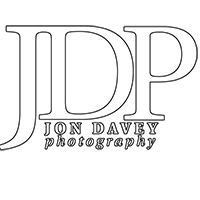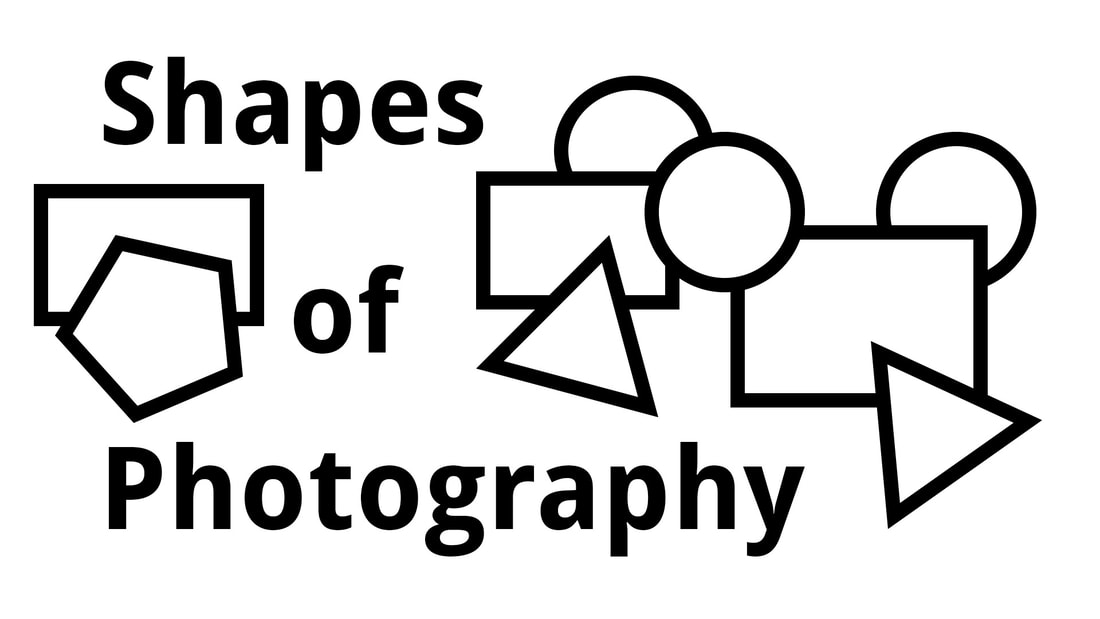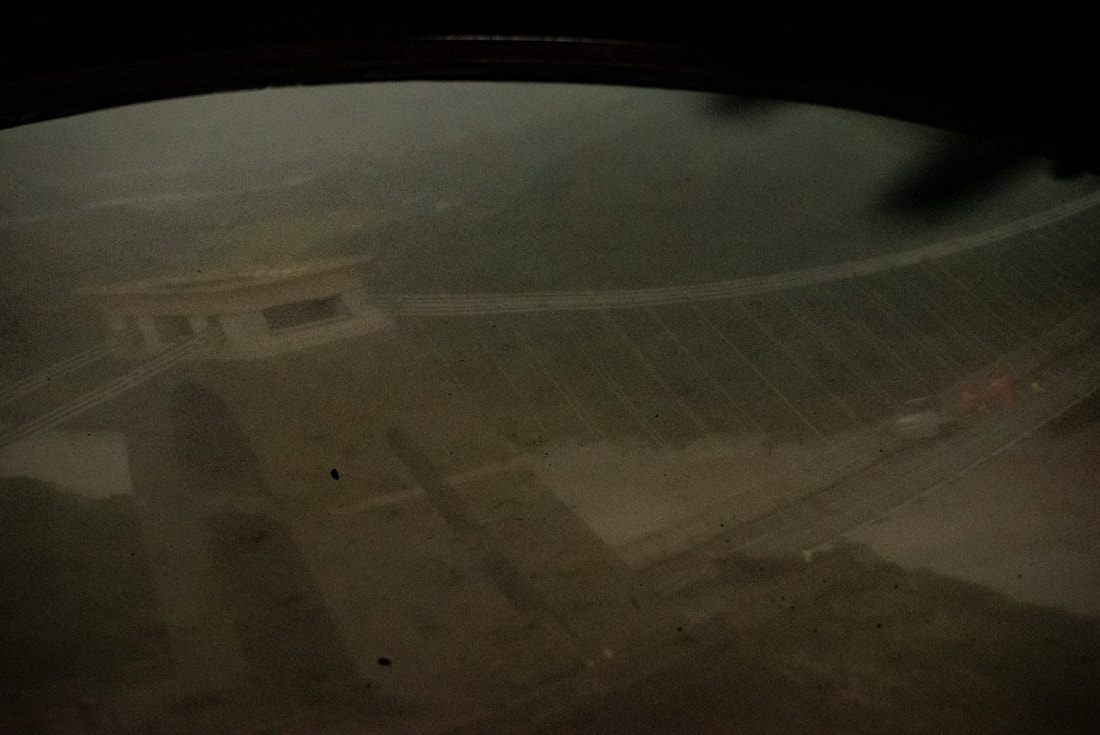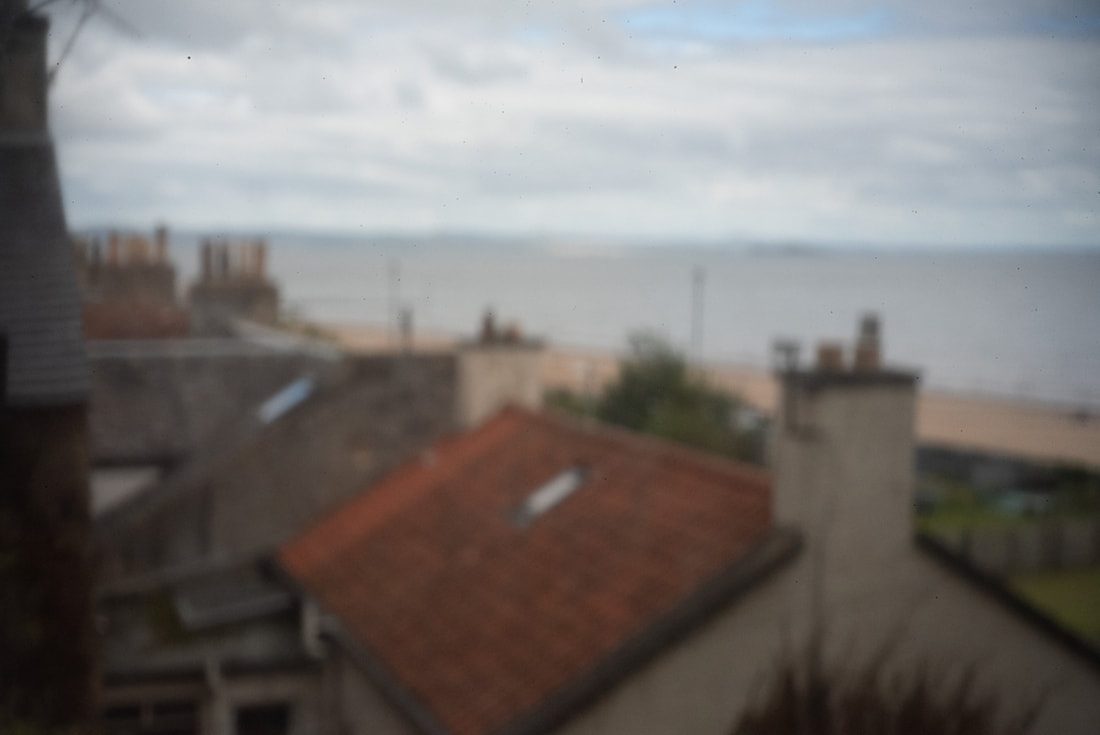|
So, for the first in this short series about photography, I am going to begin with the tiny circle that first made photography possible, without even needing a camera. Long before the first cameras were made in the nineteenth century people had been aware of the phenomenon of the camera obscura - from the Latin for 'dark chamber'. Light passing through a tiny hole into a dark space will project an upside-down and reversed image of the scene outside onto the surface opposite the hole. This is the basis of pinhole cameras, and Edinburgh's Camera Obscura (well worth a visit).
Both the Edinburgh and Bristol Camera Obscuras make use of mirrors and lenses to focus the light down onto the table top, as well as flip it back to being the right way up. The key problem for all pinhole cameras is that the clarity of the image increases as the size of the hole gets smaller but as the hole gets smaller less and less light gets through, making it harder to see the image. That is why pinhole cameras using film often require long exposures to produce an image. And eventually, when the pinhole gets too small, the effects of diffraction, mean that the image gets blurrier again. So lenses are used to focus the light while still letting enough of it through. Which is how our eyes work - light coming in through the pupil is focused through the lens onto the retina at the back of the eye. The retina is covered with photoreceptors - rods and cones, better at reacting to low and bright light respectively - which send messages to the brain for processing, much like a camera. With a film camera, the film is like the retina and then the combination of the dark room chemicals and the decisions made by the photographer during the development process act like the brain to create the image. In a digital camera some of the image processing can be done in the camera before passing on the image file for potential further processing by other applications either on the same device or another computer. But more of that another time. You can make a pinhole camera out of just about any 'container' as long as you can make it lightproof and find a way to make a small hole in the side to let the light in. Back in college most of my class used shoe boxes or chocolate tins as they were a good size to fit in a reasonably sized piece of photographic light-sensitive paper. There are lots of online guides available that talk through the process - like this one. If you have used photographic paper you will need to develop it but you don't need to use special chemicals, as camera-maker extraordinaire Brendan Barry explains in one of his excellent videos. You can also create a digital pinhole, using a simple lens cap (as described here). The image below was created using a lens cap pinhole on my DSLR just now. It might not be the best of images but it is recognisably the view from our window.
0 Comments
Your comment will be posted after it is approved.
Leave a Reply. |
AuthorI'm Jon Davey, a freelance community photographer based in Portobello, Edinburgh's seaside suburb Categories
All
|




 RSS Feed
RSS Feed